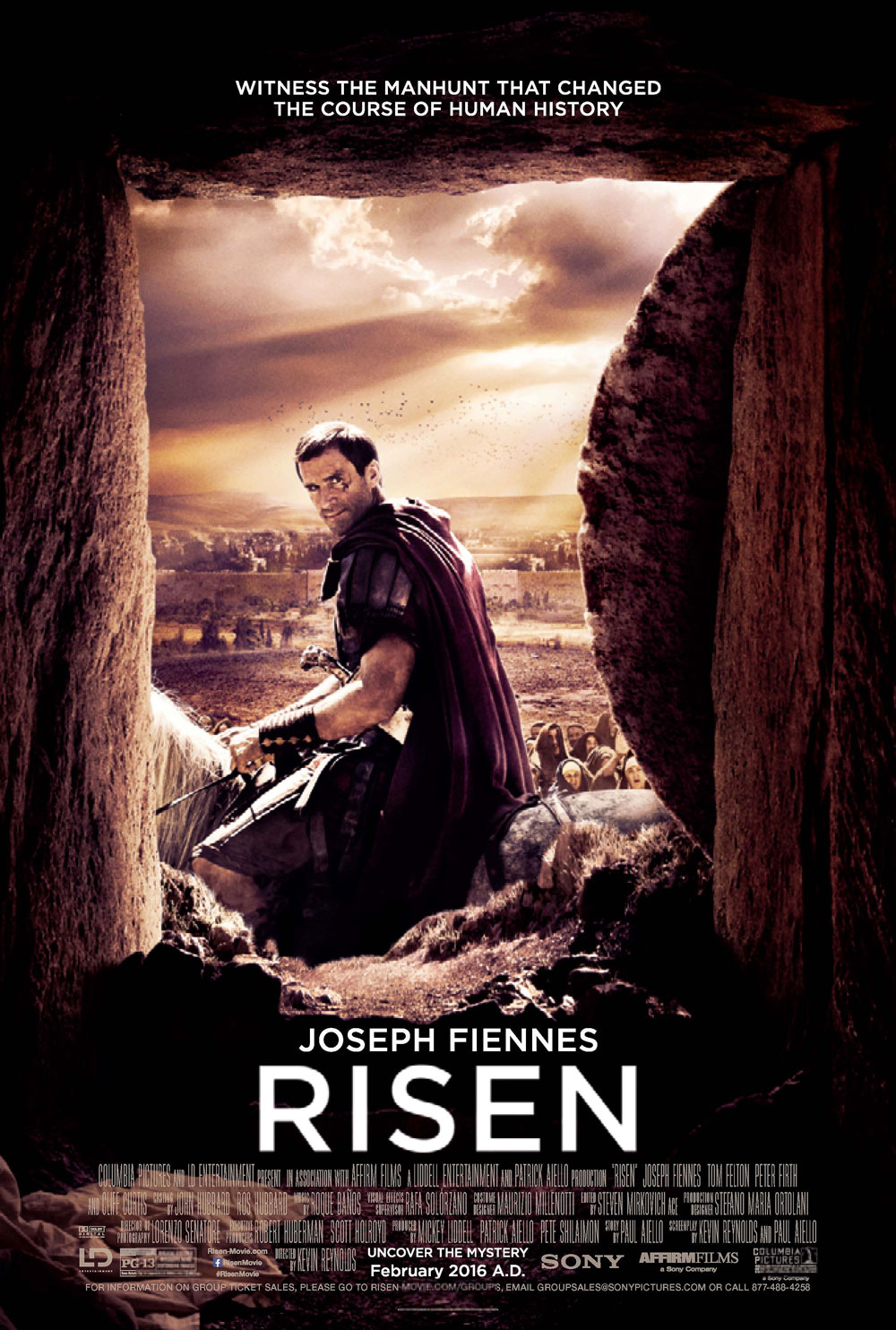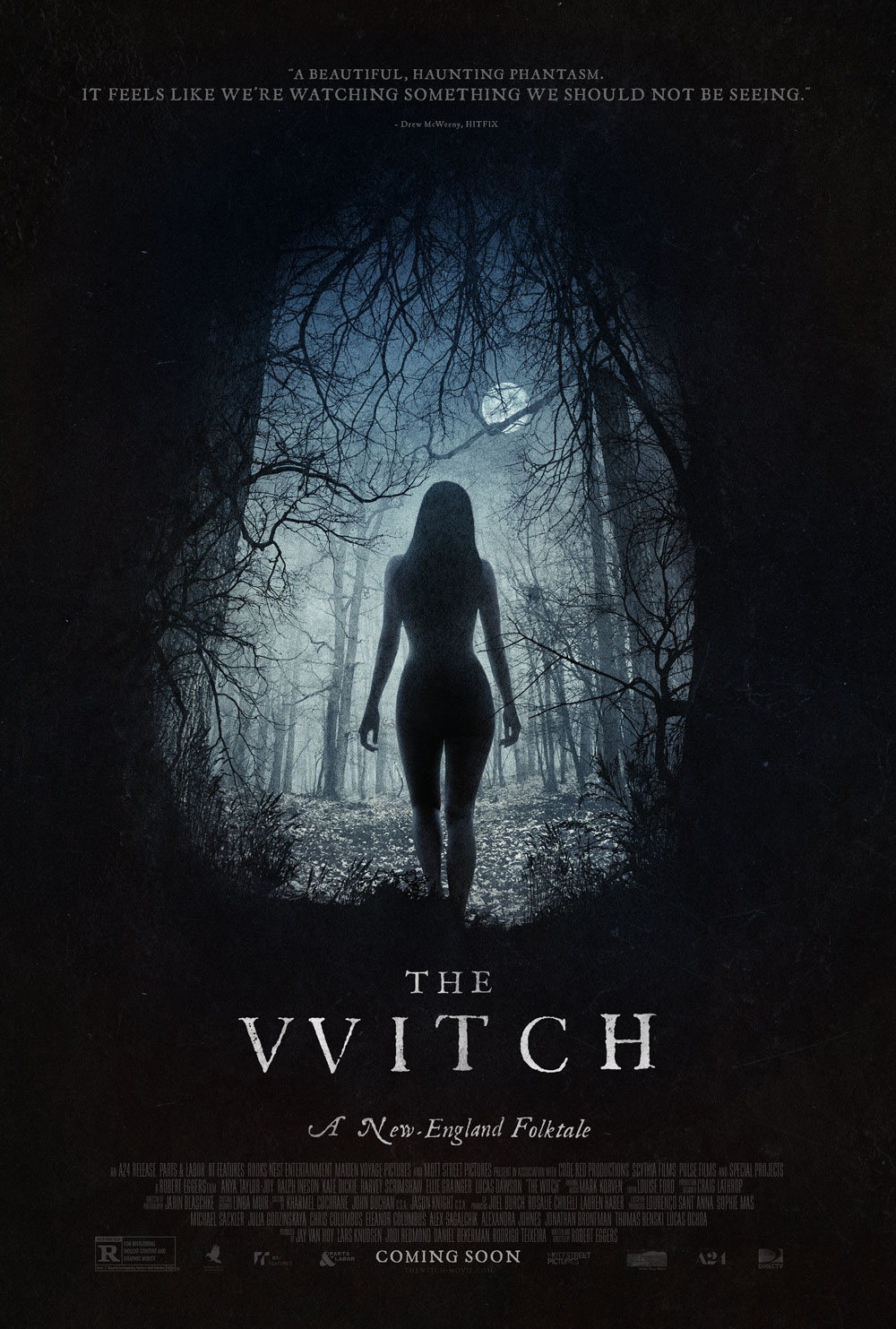 Today’s drink is very possibly the most obscure cocktail yet that we’ve explored from Harry Craddock’s post-prohibition classic, “The Savoy Cocktail Book,” and I sense that most of the people who care about such matters would say it’s obscure for a reason. In fact, they would probably agree that the Poppy Cocktail, which contains no poppy or poultry products, is nevertheless pure poppycock.
Today’s drink is very possibly the most obscure cocktail yet that we’ve explored from Harry Craddock’s post-prohibition classic, “The Savoy Cocktail Book,” and I sense that most of the people who care about such matters would say it’s obscure for a reason. In fact, they would probably agree that the Poppy Cocktail, which contains no poppy or poultry products, is nevertheless pure poppycock.
Here’s the thing: cocktalians may occasionally be alcoholics, but they are rarely chocoholics. I, however, love chocolate. In fact, I’m having some right now. So, when I stumbled over a chocolate flavored drink that, lacking any heavy cream or non-liqueur sweetener, was actually also not horrifically fattening, I was not easily dissuaded.
Nevertheless, I had to reluctantly agree that, as written, the original recipe — two parts gin, one part creme de cacao — was simply bleh, lacking any backbone. Still, perseverance payed off and I figured out a way to make it pretty darn good with just a dash of the right product. I’m sure many of you might have already guessed where I’m taking this, but let’s get started anyway.
The Improved Poppy Cocktail
2 ounces gin
1 ounce creme de cacao (brown or white)
1 or probably 2 dashes chocolate bitters
Combine the ingredients in a cocktail shaker with plenty of ice. Shake vigorously and strain into a chilled cocktail glass. Say a silent prayer of thanks to the Aztecs for using cacao to make, what else, an alcoholic beverage!
****
So, yes, we can’t really blame Harry Craddock for not thinking of using chocolate bitters in his Poppy Cocktail as they were likely not widely available or perhaps were not even really an idea back in 1930. Nevertheless, they are absolutely what’s needed to save the Poppy Cocktail from entering the scrap bin of cocktail history. For one thing, they actually turn this drink into a proper cocktail in the strictest sense because it now contains bitters. Vastly more importantly, they give it the balance it requires to be a decent drink for grown-ups.
I often compare bitters to the bass in an audio sound mix. A few year back, I found myself growing vaguely disenchanted with my Yamaha home theater system until I realized I was forgetting to turn on the subwoofer. The sound was tinny and lacking depth without it, but with it, my music and movies sounded just about right. The same is true of a Manhattan, an Old Fashioned and, very definitely, a Poppy Cocktail, when it comes to adding bitters.
My bitters, by the way, were Fee Brothers Aztec Chocolate, but I did experiment with plain old Angostura. The cola-esque flavor of the default non-chocolate based bitters didn’t quite hit the bulls-eye, but it was way better than using no bitters at all. I wonder why Harry Craddock didn’t think of that.
As for the base spirit, the Improved Poppy Cocktail worked well with Gilbey’s and Bombay Dry Gin, though I’d give a slight edge to the slightly less dry Plymouth Gin. More important was my choice of a creme de cacao which, like creme de menthe, is pretty much just flavoring and alcohol. There’s nothing wrong with my white Gionello’s, but my dark Hiram Walker Creme de Cacao doesn’t only look more chocolatey, it’s tastes that way too. Not surprisingly, it further improved the Poppy Cocktail.


 Today’s drink is very possibly the most obscure cocktail yet that we’ve explored from Harry Craddock’s post-prohibition classic, “The Savoy Cocktail Book,” and I sense that most of the people who care about such matters would say it’s obscure for a reason. In fact, they would probably agree that the Poppy Cocktail, which contains no poppy or poultry products, is nevertheless pure poppycock.
Today’s drink is very possibly the most obscure cocktail yet that we’ve explored from Harry Craddock’s post-prohibition classic, “The Savoy Cocktail Book,” and I sense that most of the people who care about such matters would say it’s obscure for a reason. In fact, they would probably agree that the Poppy Cocktail, which contains no poppy or poultry products, is nevertheless pure poppycock.












